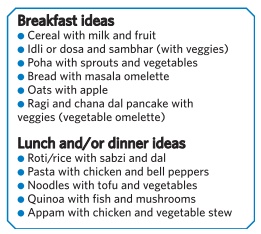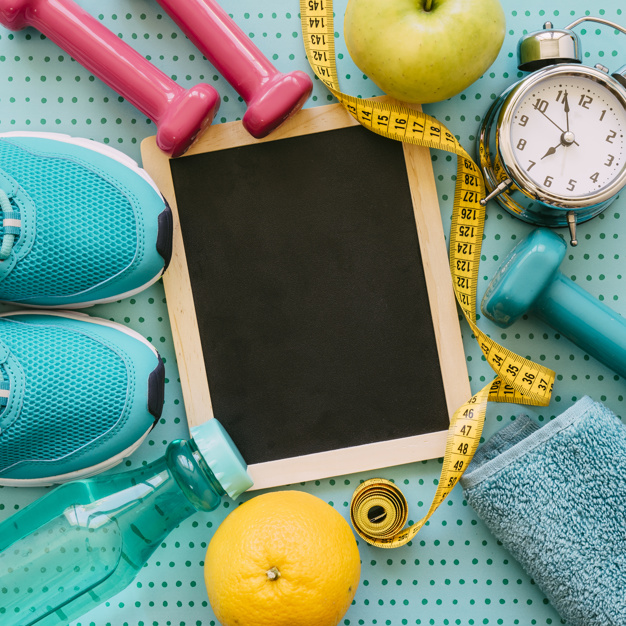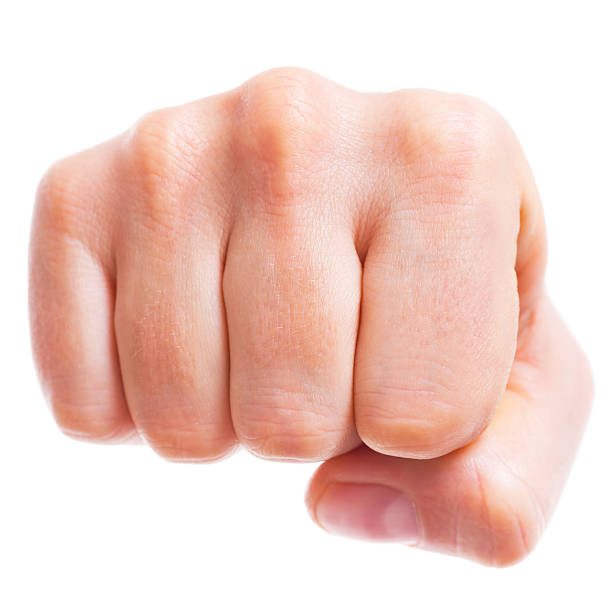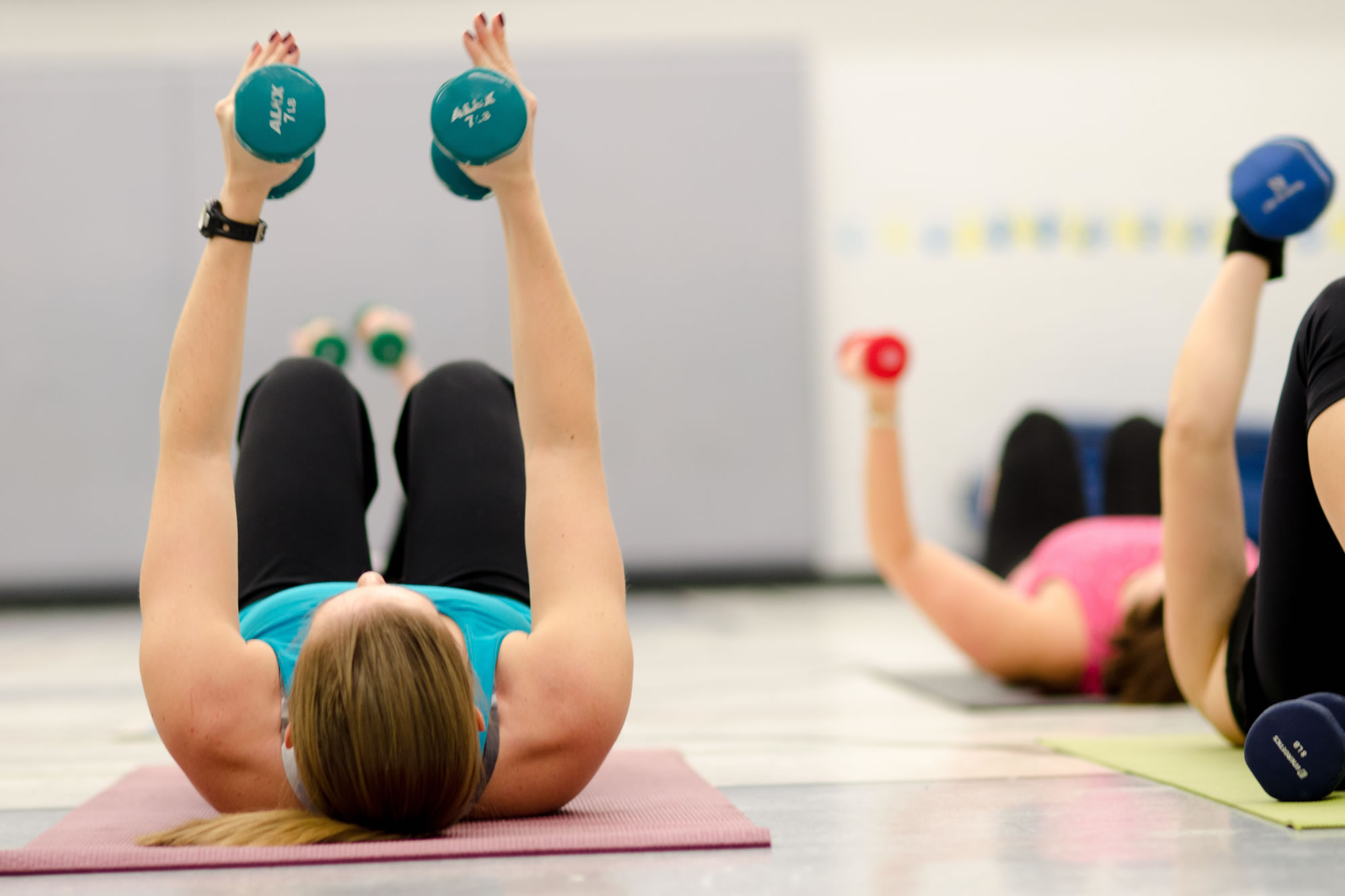Dear Pooja,
I am a 33-year-old single woman and lean on the heavier side. I’ve tried numerous diets but the effects taper off after a while. I have heard a lot about gluten and how a gluten-free diet is supposed to work wonders. Could you tell me the advantages of going gluten-free? Are gluten-free foods expensive and available easily in the city? Thank you.
Gluten-free does not only work wonders but it is the only way one can eat and prevent intestinal damage and other autoimmune diseases – but that is only for those with celiac disease or severe gluten intolerance! For those with these conditions eating gluten can be lethal and can cause severe damage to their intestines thus they are forced to follow a gluten-free diet – no other choice. Ask them how difficult it is to eat regular meals at home or at restaurants and how careful they have to be scrutinizing each product label for even minor traces of gluten in it, which can cause them deadly damage.
In the health and diet industry anything can become a rage or trend. Few prominent people follow it and say they do and lo behold half the world is trying it out. Living off gluten is not easy – imagine your daily diet without access to wheat, barley, rye, barley roti, parathas, biscuits, breads, pasta, noodles, couscous, semolina, spelt even ready to eat soups, processed cheese, mayonnaise, ketchup, salad dressing, non-dairy creamers, canned baked beans, icecreams, flavoured coffees, breaded foods, cereals, malt vinegar, beer, vodka and the list can go on. Are you prepared to let go of all these foods just so that your body can let go of some weight? Even if you can for while – any results you get will only be for the time you will stay off them – once you start eating gluten all the effects will be difficult to maintain and all the weight lost will be reversed.
Losing weight is not about deletion, it’s about sustenance. Eat all foods but learn the key in terms of quantities and methods of preparations. Start what you can always maintain (lifestyle) so that the effects you get can also always be maintained and you never have to do another weight loss battle again.
Remember those `united we stand, di vided we fall’ ads that used to play on DD? Those cute little short films, about the importance of unity? The funda was simple: five fingers by themselves will not be effective unless you close your fingers and make a fist. The same principle works for your body as far as a balanced meal is concerned.
5 FINGERS OF WEIGHTLOSS
By themselves, the Five Fingers of Weight Loss -proteins, carbohydrates, fats, vitamins and minerals -have their own functions. But the various nutrients must act in unison for effective action. In other words, for long-lasting weight loss or weight management, you need to eat all five nutrients. Every day. There is no other way.
The Five Fingers of Weight Loss can further be broken down into three macronutrients (proteins, carbs, fats) and two micronutrients (vitamins, minerals); the reason it is divided this way is because it rep resents the relative importance on your plate.Don’t overload your vitamins at the cost of carbs, or cut fats and go crazy about protein.Too much emphasis as well as the absence of any one nutrient will compromise your health and result in short-term gains sending you right back where you started. Any meal plan that is skewed towards any food group, including proteins or raw veggies,w i l l give rise to a host of medical problems, and will result in a diminishing effect on your system. If you think your diet is unbalanced, it is. You cannot be short-sighted about it as the ills will eventually catch up with you.
On your plate lies the answer to many issues plaguing your life from the mental to the physical. Your plate holds not just fuel for your system, but carries all the tools you need to do more with your body and your life. Because food is not just fuel. Food is power.
Collectively, these five nutrients are your defence against disease, obesity, heart at tacks and almost anything else you need to ward off. Diabetes? Make a fist. Heart disease? Hey, you’ve got your fist. Obesi ty? Talk to the fist, baby! So many dis eases are lifestyle-related and can be eradicated -not just improved -by the rule of the fist.

 Traditionally, men’s fitness has always been associated with getting bigger and not smaller.From the days of Rocky Balboa and John McClane to Vin Diesel and John Statham, big beefy guys defeated the bad guys and got the girls. The notion of fitness with getting thinner -and not beefier -is a relatively newer phenomenon for men, who, like women, are putting on more weight because of a sedentary lifestyle.
Traditionally, men’s fitness has always been associated with getting bigger and not smaller.From the days of Rocky Balboa and John McClane to Vin Diesel and John Statham, big beefy guys defeated the bad guys and got the girls. The notion of fitness with getting thinner -and not beefier -is a relatively newer phenomenon for men, who, like women, are putting on more weight because of a sedentary lifestyle.
While it’s important to spend more time in the gym, getting off the couch may not be the only way to banish your inner, and outer potato. Paying attention to nutrition becomes crucial to losing weight and keeping it off. While the schools of thought on weight loss are as diverse as the people who graduate from them, I’ve broken them down into Hard and Smart. The difference is replacing the old idea that you need to kill yourself to achieve anything in life (Hard) with the belief that you can have your cake, and eat it too (Smart).
Hard: Eat less, weigh less Smart: Eat to lose
If you’ve been drastically cutting calories when you want to lose weight, here’s why you shouldn’t. Cutting too many calories puts you body into starvation mode. When your body is in this mode, it can’t metabolise, or burn fat (because fat burning occurs only when your body is adequately nour ished). If your body can’t burn fat, it starts to burn the next best thing: muscle. The more muscle you lose, the more your fat cells start to increase: the lost muscle is replaced by fat. And the more fat cells you have, the greater your body’s tendency to store more fat when you get back to eating `normally’. Fat burning is at its optimum when your body is adequately nourished with a balanced and healthy diet. So many of my clients have to eat more than they ever did (healthier stuff like fruits, veggies, egg whites), and that too at frequent intervals.
Hard: No snacking Smart: Eating every 2 hours
Eating between meals was said to be the culprit behind weight gain, with the implication that you needed to eat only during your main meals (breakfast, lunch and dinner) to lose weight. However, studies have disproved this belief.You need to get away from the age-old habit of packing your day’s nutrients into three-four meals, and instead, spread them out in the form of smaller, more frequent meals.
Digestion itself is a calorie burning activity just like walking, running or jumping. By eating smaller meals through the day, you allow your body to burn calories through the digestive process. Eating every two hours (not more or less), I find, is the best way to take advantage of this phenomenon.
Hard: Sweat more, eat more Smart: Sweat less, eat smart
So many of my clients come in with the idea that they can eat whatever they want, so long as they are working out. It’s such a hard way to lose weight. It’s really just about the math. If you eat a 1,000 calorie burg er, you will need to jog for approximate ly two hours to burn it off. Would n’t an easier option be to choose a less calorific version of the same dish? Restaurants all over the country can make low-fat versions of your fave foods. Eat smart. Spend less time in the gym. Exercise can only complement, and never replace food as a way to lose weight.
Hard: Fixed workouts Smart: Get moving to get losing
You don’t necessarily have to workout at a set time and at a set place to get your weight loss going. Increase your level of daily activity. Walk up the stairs instead of taking the elevator or escalator. Include more activities like hiking or cycling when you vacation. Walk over to your colleague’s desk instead of emailing them. Your body will take note of the cumulative increase in activity and will reward you by losing the weight. You’d be surprised at how effective, and motivating, this is.
Hard: No junk food… ever Smart: Everyone’s invited
Your life is made up of all sorts of buddies: the nerd, the shopaholic, the one you can call at 4 am to bail you out of jail or the one who has seen you through drunken binges and toxic relationships. You’ve got to use the same logic with food. Food exists in all kinds of shapes, sizes and forms. Some you need to be acquaintances with, some you can be good friends with, and some you can be best friends with. But the good news is, you can be friends with all kinds of food.



